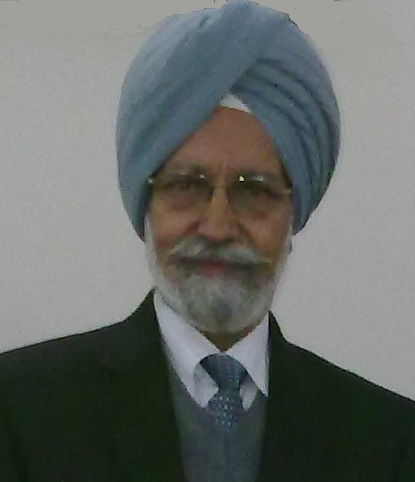Gp. Capt. Gurcharn S. Sandhu (Websites)
 | Fundamental Nature of Matter and Fields Gurcharn S. Sandhu[Updated 1 decade ago] In this book I have presented a bold un-orthodox viewpoint that demonstrates the feasibility of representing whole physical phenomenon involving matter and fields in the form of orderly 'space-time' distortions or dynamic deformations and strains in the physical space continuum. Through the study and analysis of dynamic deformations and strains in the space continuum it is shown that all natural physical phenomenon as well as the shape and size of all matter particles can be brought within our mental grasp and mental visualization. The exchange theory of interaction which is the founding postulate of the Standard Model, is fundamentally invalid due to the absence of any suitable physical mechanism for prior exchange of required information. Part II of the book mainly covers the hitherto unexplored field of space-time distortions to analyze the shape, size, internal structure and mutual interactions of elementary particles. A detailed analytical study of dynamic deformations in the physical space continuum, through the time dependent displacement vector field U provides a more fundamental level of investigation into the workings of Nature, in comparison to the fields currently employed for the purpose. The detailed study of any deformed or the stressed region of the Elastic Space Continuum primarily involves the detailed solution of the equilibrium equations subject to appropriate boundary conditions. A closed region of the Elastic Space Continuum in a permissible strained state, satisfying the equilibrium equations and boundary conditions, may be termed a strain bubble provided the total strain energy content in this closed region is time invariant constant. We have obtained particular solutions for the strain bubbles that correspond to well known stable particles namely electron, positron, proton, neutron and the photon. Strain bubble solutions that correspond to neutrinos and some of the unstable particles like mesons, have also been discussed. |

